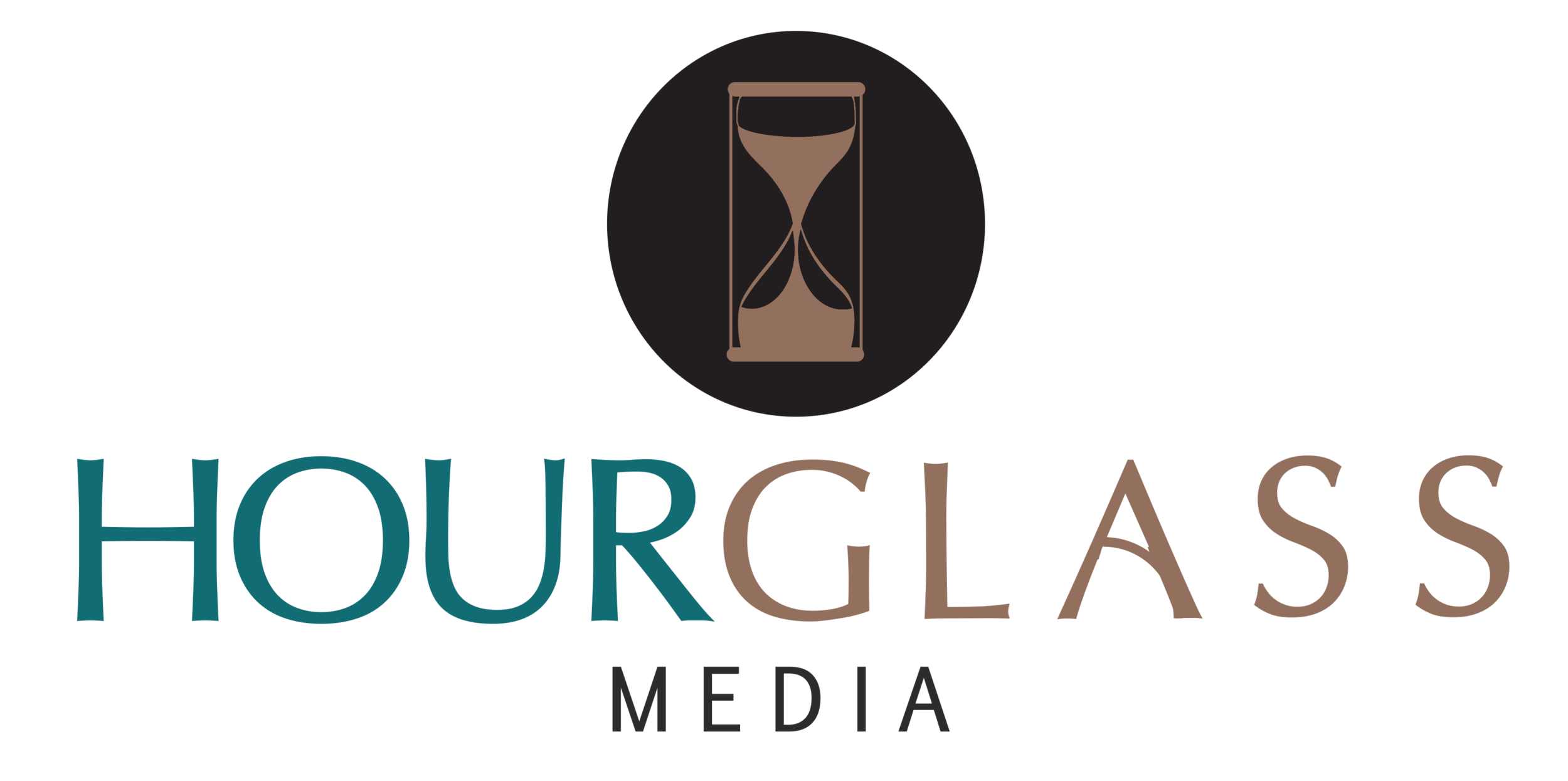Using Press Releases To Complement Your Communications
⌛ By Kaylin R. Staten ⌛
One of the most easily recognized public relations tactics is the press release. Even if someone isn’t in a communications field, enough TV shows and other forms of mass media use press releases as plot points and other devices.
Here are components you’ll need for a standard press release:
Header:
At the top, use your logo and the logos of any other partner, programs or campaigns. This is also where you’ll give your pertinent contact information: name, phone number, email address, website, social media handles and more.
For Immediate Release:
This signifies that this communique is a press release. You can also use Media Advisory for a shorter rendition. If you have placed an embargo on the public release of the information but want the media to know it advance, let them know that here (and preferably in a red font to differentiate from the regular text). You would use an embargo for press conferences, events, announcements and more.
Headline and Kicker:
Write these as you would see them in a newspaper, magazine or online article.
Dateline:
This tells the location and date of the press release. (You can also put the date underneath For Immediate Release.) Be sure to check state and country abbreviations in Associated Press Style. If a place is well known, such as New York City, then the state and country are not needed.
Lede:
What is your main idea? You will want to answer The Who, what, when, where, why and how of your press release. If it’s a more news-oriented piece, keep the lede concise and easy to read in one short read-through. If it has a more feature slant, then you will want to include an interesting hook at the beginning of your press release. Don’t be afraid to use your creativity, but avoid cliches, industry jargon and other barriers to communication.
Body:
This is the heart of your story. Use a mixture of syntax, from standard sentences, quotes, bulletpointed lists and more. One rule of thumb in the journalism field: don’t use back-to-back quotes. Always put at least one sentence in between quotes. It’s also recommended to have at least three paragraphs within your body.
Footer:
At the bottom of each page, include —MORE— to signal that more content is on the next page. You can also choose to put page numbers and headings starting on page 2, if you wish.
Call to Action:
What do you want the reader to do? This is where you put your “for more information” section and lead to your contact information, website and more. Remember, this could be published at the end of your placement, so always write it as though it will be in print.
Boilerplate:
This is your company’s or individual bio. Put this in case the recipient does not know who you are. Even if they know you, this is a good reminder of your mission, vision, services, products and other vital information.
Attachments:
Write a list of any attachments you will include with your press release, either within the document itself or within the email. This includes photos, documents, graphics, links and more.
A mark to end the release:
This practice was a little more relevant in the fax machine era, but it’s still used today in journalism and PR writing. I typically use ### to signal the end of the press release, but you can use -30- or -end- as well. -30- refers to a shorthand way used to end a communication in the American Civil War era.
Here is a graphic breakdown of what you will need. Save this so you’ll always have a visual resource to refer to. We also recommend purchasing an up-to-date AP Stylebook so you can look up words and phrases as needed. The Associated Press updates its editions every year, so changes are relevant and timely. If you don’t want to purchase one, your good, old-fashioned Google search bar will help you get the gist of AP Style.
Of course, in today’s digital society, you may want to include a more integrated approach. This is where an Electronic Press Kit comes in. Here is a sample of an EPK.
Kaylin R. Staten, APR, is an award-winning public relations practitioner and writer based in Huntington, WV with nearly 16 years of professional communications experience. As CEO and founder of Hourglass Media, she uses her compassionate spirit and expertise to delve into the heart of clients’ stories. She is a recovering perfectionist, mental health advocate, wife, cat mom and Leia Organa aficionado. Connect with Kaylin on LinkedIn.


